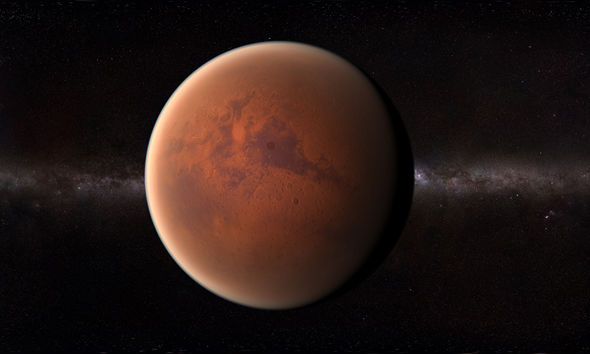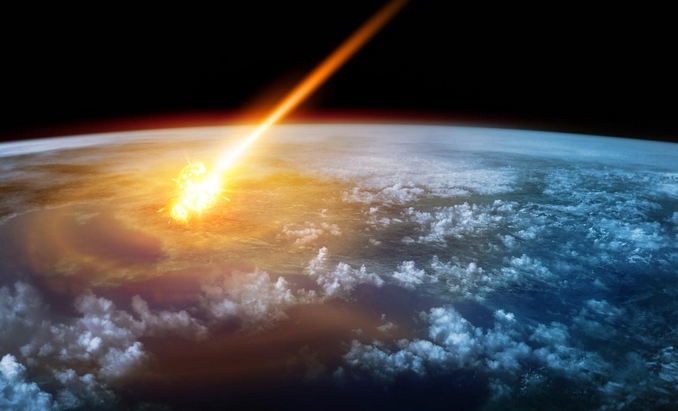SpaceX Starship explodes mid-flight, disrupts air traffic and sparks FAA probe
01/18/2025 / By Cassie B.

- SpaceX’s Starship rocket exploded eight minutes after launch due to a liquid oxygen fuel leak, disrupting air traffic and raising concerns about the program’s future.
- The uncrewed rocket, carrying mock satellites, lost contact with mission control and broke apart over the Gulf of Mexico, scattering debris.
- The FAA diverted flights and established a debris response area, delaying dozens of commercial flights by about 45 minutes.
- Elon Musk remains optimistic, stating fixes are underway and aiming for another launch within a month, with 12 tests planned this year.
- The incident highlights the risks of SpaceX’s test-to-failure approach and potential regulatory hurdles from the FAA’s mishap investigation.
SpaceX’s Starship rocket exploded minutes after launching from its South Texas facility on Thursday, forcing commercial airlines to divert flights and raising concerns about the future of Elon Musk’s ambitious space program. The uncrewed rocket, carrying mock satellites for a deployment test, lost contact with mission control eight minutes after liftoff, leading to a fiery breakup over the Gulf of Mexico. The incident not only disrupted air traffic but also cast a shadow over SpaceX’s aggressive launch schedule for the year.
What went wrong with the Starship?
The Starship, a towering 400-foot rocket, launched successfully at 5:38 p.m. EST from SpaceX’s Starbase facility near Brownsville, Texas. However, just eight minutes into the flight, mission control lost communication with the spacecraft. SpaceX Communications Manager Dan Huot confirmed the anomaly, stating, “We did lose all communications with the ship—that is essentially telling us we had an anomaly with the upper stage.”
Elon Musk later revealed that a preliminary assessment pointed to a liquid oxygen fuel leak in the upper stage, which built up pressure and caused the rocket to break apart. “Preliminary indication is that we had an oxygen/fuel leak in the cavity above the ship engine firewall that was large enough to build pressure in excess of the vent capacity,” Musk wrote on X. He added that SpaceX would implement fixes, including fire suppression and additional venting, to prevent similar issues in future launches.
Air traffic disruptions and debris concerns
The explosion sent debris raining down over the Gulf of Mexico, prompting the Federal Aviation Administration (FAA) to briefly slow and divert flights in the region. Dozens of commercial flights, including departures from Miami and Fort Lauderdale, were delayed by about 45 minutes, according to flight tracking website FlightRadar24. The FAA also established a “debris response area” to ensure aircraft avoided the falling debris.
While no injuries or damage to populated areas were reported, the incident highlighted the risks associated with SpaceX’s test-to-failure development approach. The FAA is expected to open a mishap investigation, which could ground the Starship program temporarily — a move Musk has criticized in the past as overreach.
What’s Next for SpaceX?
Despite the setback, Musk remains optimistic about the future of Starship. “Nothing so far suggests pushing next launch past next month,” he said on X. SpaceX has already built improved versions of the rocket and booster, which are awaiting launch. The company plans to conduct at least 12 Starship tests this year, with ambitions to eventually use the rocket for lunar missions, Mars exploration, and satellite deployment.
The Starship program is a cornerstone of Musk’s vision to make humanity a multiplanetary species. However, Thursday’s failure underscores the challenges of developing such a complex system. As SpaceX works to address the technical issues, the FAA’s investigation and potential regulatory hurdles could slow progress.
SpaceX’s Starship explosion is just the latest example of the risks inherent in space exploration. While the loss of the rocket and the disruption to air traffic are setbacks, the incident also provides valuable data for improving future designs. For now, the incident raises questions about the feasibility of SpaceX’s ambitious launch schedule and the regulatory environment surrounding private spaceflight. As Musk himself quipped, “Success is uncertain, but entertainment is guaranteed!”
Sources for this article include:
Submit a correction >>
Tagged Under:
Elon Musk, multiplanetary species, rocket, Space, space travel, SpaceX, Starship rocket
This article may contain statements that reflect the opinion of the author
RECENT NEWS & ARTICLES
Cosmic.News is a fact-based public education website published by Cosmic News Features, LLC.
All content copyright © 2018 by Cosmic News Features, LLC.
Contact Us with Tips or Corrections
All trademarks, registered trademarks and servicemarks mentioned on this site are the property of their respective owners.




















